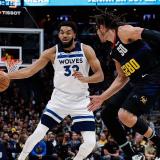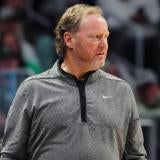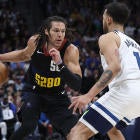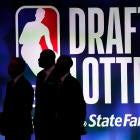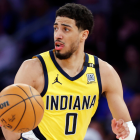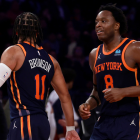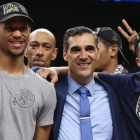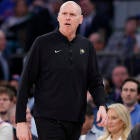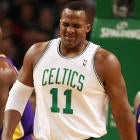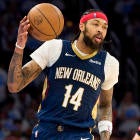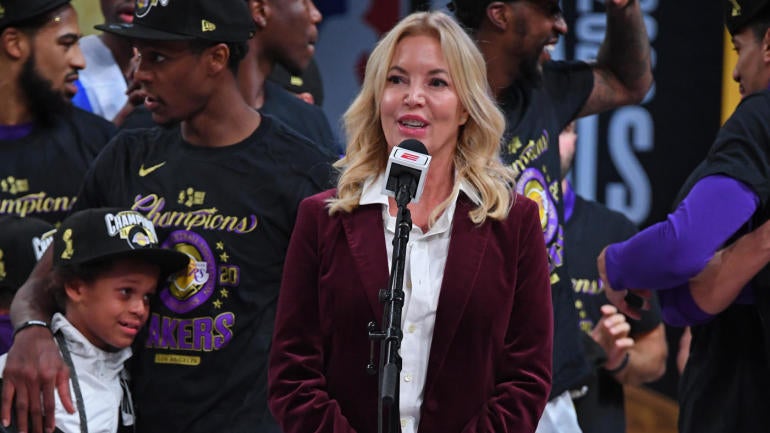
The Los Angeles Lakers sacrificed a tremendous amount of youth this offseason. By trading for Russell Westbrook and signing veterans like Carmelo Anthony, Dwight Howard and Trevor Ariza, they pushed the average age of their team to 30.6 years old, according to RealGM. By comparison, the second-oldest team in the NBA is the Miami Heat at 28.8 years old, and with three roster spots left to fill, the Lakers could get even older.
Age wasn't something the Lakers necessarily sought out intentionally. Instead, as owner Jeanie Buss told Daniel Kaplan of The Athletic, it was a financial reality facing a team paying three players (Westbrook, LeBron James and Anthony Davis) max salaries.
"We're over the cap," Buss said. "We have really no room. When we made that trade (for Westbrook), we knew we'd have to fill the roster with seven or eight players at the veterans minimum. And so trying to convince players to come on one-year deals for the minimum is a challenge. So you get a lot of guys that are willing to take less money for the opportunity to possibly go for a championship, or play in a city that has other opportunities as they transition to the next part of their career. And we kind of had to capitalize on that because we've got three players taking up 90 percent of our payroll, and certainly, Russell Westbrook. You know we've got a big three now, and Russell is somebody that's from L.A., went to UCLA, and I think our fans are going to be just cuckoo for him, are going to be so happy that he's here. It's like the return of one of our own."
While it is true that the Lakers are far above the salary cap, they did have some degree of flexibility in signing younger players that they chose not to exercise. The Lakers had full Bird Rights on 27-year-old free agent Alex Caruso, but allowed him to sign with Chicago rather than paying to re-sign him. The same was true of another 27-year-old free agent, Dennis Schroder. It became evident early in the process that the two sides were not interested in a reunion, but the Lakers could have theoretically tried to work out a sign-and-trade with another interested party to get back different players or a trade exception. Schroder ultimately signed with the Boston Celtics. Signing these players or trading them for others would have been extremely costly due to the luxury tax, which the Lakers are already far above, but it was technically feasible.
Instead, the Lakers emphasized minimum-salary free agents. Only five players on the current roster — James, Davis, Westbrook, Talen Horton-Tucker and Kendrick Nunn — are making more than the minimum. There are three roster spots currently remaining, and while the Lakers could theoretically use them by retaining internal free agents Wes Matthews and/or Jared Dudley above the minimum, the current expectation is that they will use only two (saving more money against the tax) and that they will focus on finding a point guard and a wing for minimum salaries.
Players who sign for the minimum typically do so for a reason. In most cases, if they deserved more, they would have gotten it. Instead, some flaw has limited their market value to the point that the minimum becomes their best option. The players that the Lakers signed for the minimum, for the most part, were available because of their age. They still have value as players, but could not cash in on bigger deals because they are nearing the end of their careers. The Lakers capitalized knowing that their window to win is right now. They only need these free agents to contribute this season. Given those financial constraints Buss referred to, the Lakers did a good job finding players that could still help them compete for the 2021 championship.










